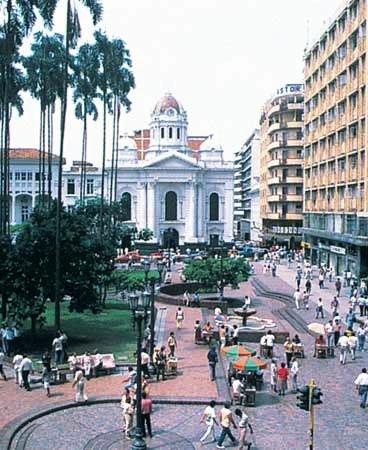Cali, del Valle, Colombia
Suggest Place to Visit
2723
Track to location with GPS |
 |
Santiago de Cali is one of the oldest cities in Colombia and on the American continent. Its foundation dates from the year 1536 at the hands of the conqueror Sebastián de Belalcázar just three years after the founding of Cartagena de Indias (1533), two years before the founding of Santa Fe de Bogotá (1538) and 26 years after the foundation of the first Hispanic population in the continent: Santa María la Antigua del Darién (1510), disappeared.
Precolumbian era
Cali and in general the inter-Andean region and the Pacific coast of the department of Valle del Cauca constitute an area of archaeological interest from the pre-Columbian era. Although many Amerindian peoples in the region are directly related to Caribbean families, the likelihood of ancient Mesoamerican cultural incursions is also analyzed. Near Cali there are archaeological remains of the Calima Culture, belonging to the Caribbean linguistic family.
When the Spaniards arrived, the Gorrones Indians lived between the current municipalities of Roldanillo and Cali - the largest gorrón settlement was located on the Pescador River, near the current towns of Zarzal and Bugalagrande. The Gorrones bartered with the Quimbaya who lived in the north of the current department of Valle del Cauca and the Eje Cafetero.
Conquest
In 1534 Sebastián de Belalcázar founded the city of Quito in an expedition sent by Francisco Pizarro. Later, in search of El Dorado, he entered the current Colombian territory and founded the city of Popayán. If the domination of the Inca Empire was not very complicated, the fall of the Amerindian peoples of present-day Colombia would not be difficult either, given its political organization of confederation of tribes. On their way to the department of Valle del Cauca, the Spaniards passed through the Timbas region, who fled, leaving their town and belongings behind, which meant an easy booty for the Europeans. On their journey to the north, the conquerors entered the territory of the Jamundí chief whose people dominated the region between the Pance and Jamundí rivers. The jamundíes strongly resisted the invaders, fighting with poison darts and arrows against the Spanish harquebuses and swords.
After the defeat and capture of the Jamundí people, the Spanish obtained gold, which obviously increased their ambition and their courage to advance towards the north. The last important link in the region was constituted by the fierce chief Petecuy and his people, which was located between the Lilí River and the Western Cordillera of the Andes. Petecuy faced the invaders with a large army made up of a confederation of tribes. The definitive battle in which one of the ancient sovereigns of the Americas fell to European rule, took place on Holy Tuesday in 1536.
Unlike Petecuy and Jamundí, the Gorrones easily surrendered to the Spanish. The dominated Amerindian peoples were divided as in all the nascent colonies, in the encomiendas and other structures of the Spanish domain. The phenomenon of miscegenation also began with the mixture between Spaniards (who reached the conquests without women) and aborigines. Later, with the bringing of enslaved Africans to American soil, this process would have greater dimensions.
Foundation and colony
On July 25, 1536, Belalcázar founded Santiago de Cali, initially established to the north of the current position, near Vijes and Riofrío. Under Belalcázar's orders, Captain Miguel Muñoz relocated the city to the current place, where the chaplain Fray Santos de Añasco celebrated a mass in the place today occupied by the Iglesia de la Merced.
During the Colony, Santiago de Cali was part of the Popayán Government, which in turn was part of the Quito Audience. Although Cali was initially the capital of the Government, in 1540 Belalcázar assigned this function to Popayán due to the temperate climate of that city.
Until the 18th century, much of the present territory of Cali was occupied by farms. The city was only a small village in the vicinity of the Cali River. The haciendas were owned by the Spanish class, who had numerous slaves and dedicated their lands to cattle ranching and the planting of sugar cane. Many of these farms would give rise to the current neighborhoods, such as Cañaveralejo, Chipichape, Pasoancho, Arroyohondo, Cañasgordas, Limonar and Meléndez.
In colonial times, Cali occupied a strategic position for commerce. Its location would again make it a key site in the passage between the mining regions of Antioquia, Chocó and Popayán. At this time the first bridle path between Buenaventura and Cali was built.
The Confederate Cities of Valle del Cauca
On July 3, 1810, Santiago de Cali proclaimed its independence from the Government of Popayán. This uprising took place 17 days before the Cry of Independence in Santa Fe de Bogotá. The independentistas sought support for their cause and formed the ´´Friend cities of Valle del Cauca´´ that brought together Cali, Cartago, Toro, Buga Anserma and Caloto.
Cali (officially, Santiago de Cali) is the capital of the Valle del Cauca department in Colombia and the third most populated city in the country, after Bogotá and Medellín. The Metropolitan Area of Cali is made up of the municipalities of Candelaria, Jamundí, Palmira and Yumbo and is among the 150 largest conurbations on the planet.
As the departmental capital, it houses the headquarters of the Valle del Cauca Government, the Departmental Assembly, the Departmental Court, the Attorney General, Institutions and State Bodies, it is also the headquarters of official companies such as the municipal EMCALI.
Santiago de Cali was founded in 1536 and although it is one of the oldest cities in America, only until the 1930s did its development accelerate until it became one of the main economic and industrial centers of the country and the main urban, cultural, and cultural center. economic, industrial and agrarian of the south western Colombian.
The city has a compound name in the style of almost all Spanish foundations in America. Santiago (one of the most widespread names on the continent thanks to the devotions of Santiago de Compostela in Spain), honors the Apostle Santiago. Cali is founded on July 25, the day that celebrates the date of the Apostle Santiago, the main patron of Europe. That is why the city is given this name. The name of Cali, on the other hand, has several readings: it may come from the Paez Caly language (knitting without needles) or possibly it alludes to one of the Indo-American peoples or the name that gave the region and a river south of the city, Lili (in paez, "wet"). It has also been thought that it was indigenous Mexicans at the service of the conquerors who gave the name to Cali, from the Aztec calli (´´casa´´) or possibly a word of Quechua origin introduced by the Yanaconas Indians who were brought by the founder Sebastián of Belalcázar from Ecuador, interpretation supported by the existence of an indigenous population named ´´Cali Cali´´ in the vicinity of Quito. The most probable etymology is paez, since several names in Valle del Cauca find their meaning in that language, especially if the old dictionary of Eugenio del Castillo y Orozco is followed.
Geographically, Cali is in the Cauca river valley, the second largest in the country. At the height of Cali this valley is 35 km wide and the urban area is on the western side of the river. The western part of the city is guarded by the famous Farallones de Cali, which are part of the Western Cordillera of the Colombian Andes.
The municipality of Cali limits to the north with Yumbo and La Cumbre, to the northeast with Palmira and to the east with Candelaria. To the south is the municipality of Jamundí, the rural area of Buenaventura to the southwest and Dagua to the northwest.
The city is flat with an average elevation of 1,000 meters above sea level. Cali is also situated in a neuralgic and strategic point: to the west (approximately 100 km) it connects with the port of Buenaventura on the Pacific coast, and to the northeast the industrial center of Yumbo with which it forms the Metropolitan Area of Cali. The city is also a step along the Pan-American Highway and therefore an obligatory step from Colombia to Ecuador.
The cultural activity of the city has flourished around centers such as the Departmental Institute of Art and Culture, the Popular Institute of Culture, the Municipal Theater, the Tertulia Museum of Modern Art, the Beethoven Room, the Departmental School of Theater, and the University of the Valley.
The Municipal Theater was inaugurated in 1927. It has been the great cultural center of Cali where, through many years, important national and international artists have performed. With the advice of Enrique Buenaventura, the Departmental Theater School was created in 1955, Maestro Buenaventura was the first director of the Centro Colombiano de Teatro in 1957 and strongly promoted the creation of the Cali Experimental Theater (TEC) in 1958.
The Modern Art Museum La Tertulia was inaugurated in 1956 and has been an exhibition room for the work of great national and regional masters such as: Edgar Negret, Hernando Tejada, Lucy Tejada and Alejandro Obregón
Another important institution in the Vallecaucan arts has been the Instituto Colombiano de Ballet Clásico (Incolballet), which was created by Master Gloria Castro in 1978.
Festivals and cultural meetings
• National and International Meeting of Folk Dances Mercedes Montaño. In order to promote Andean and Pacific dances. It takes place at the Los Cristales Open Air Theater. In 2006 its XII version was made.
• International Poetry Festival. It has been held annually since 2000 at the Cali Cultural Center. The V version took place in 2005, with poetry recitals, lectures and workshops.
• Petronio Álvarez Pacific Music Festival. It takes place in August in the Plaza de Toros, it is expected that for the year 2010 it will be held at the Pascual Guerreo Stadium, due to the great reception of this event at a local and national level. Prizes are awarded in three categories: free, chirimía, marimba and percussion.
• International Art Festival of Cali. It is held every two years, in 2005 its version XII was celebrated. Different artistic manifestations can be appreciated: theater, dance and plastic arts. The Jorge Isaacs Prize for literature is awarded.
• Cali Theater Festival. In May 2007, the VI Theater Festival was held in the city. The festival has been running since 1999.
• CALIBER Alternative Rock Festival. Held since 2006, it presents alternative rock bands in the music park.
• World Salsa Cali Festival. In September 2009, the IV version of the festival was held, which welcomed in the city of Cali, countless visitors from various countries that exceeded 13,000 people. With a duration of 3 days, Cali vibrated with the competition, in which the Caleños swept all the prizes.
• Festival of Jazz Fusion and Experimental AJAZZGO. Held since 2000, it presents local, national and international jazz groups with a duration of 10 days presenting concerts in different stages such as the Municipal Theater, the Los Cristales open-air theater, the Jorge Isaacs theater, among others.
Comments
We don´t have yet any comments about:
Cali
Cali
Be the first to leave a comment as it is very important to inform other people
Outros locais a visitar
Within a radius of 20 km from:Cali
Plaza Caicedo |
| 3,2 Km |
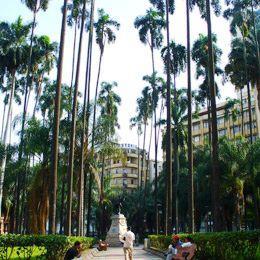 |
Parque de la Retreta |
| 3,3 Km |
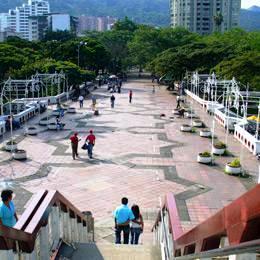 |
Jamundí |
| 17,7 Km |
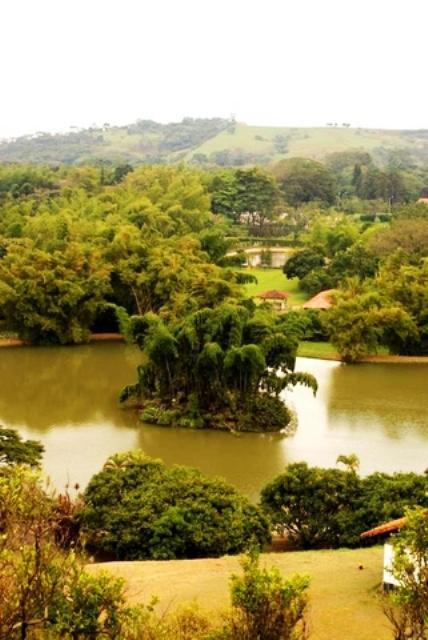 |
Yumbo |
| 18,9 Km |
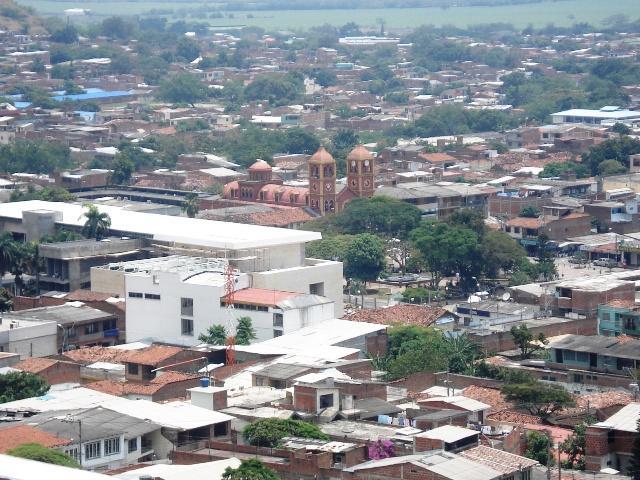 |
Hotel reservation near Cali within a radius of 20 km
Why to book with ROTAS TURISTICAS
The best prices
Our partnerships with the world´s largest operators offer research on the best market prices.
More options
At Rotas Turisticos you can book the hotel, buy the air ticket, book the transfer from the airport to the hotel and vice versa, book the local excursions, rent the car, take travel insurance and consult the places to visit and where to go.
Holiday Tips & Destinations
Hundreds of holiday destinations with all the options that allow you to easily choose the destination that best suits your dream vacation.
ROTAS TURISTICAS
Links


